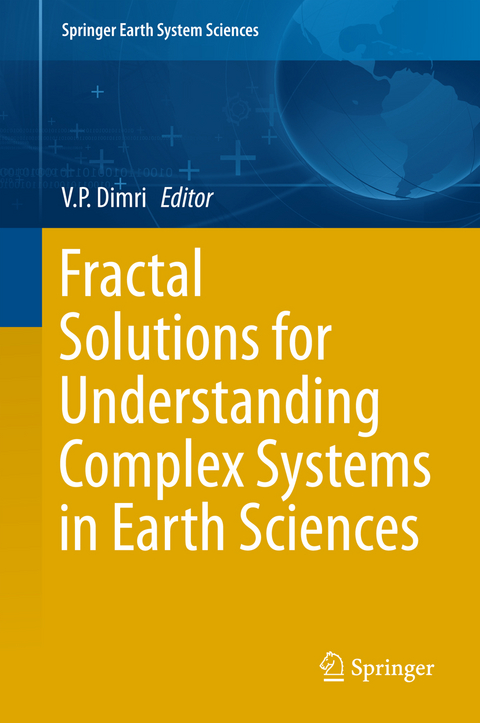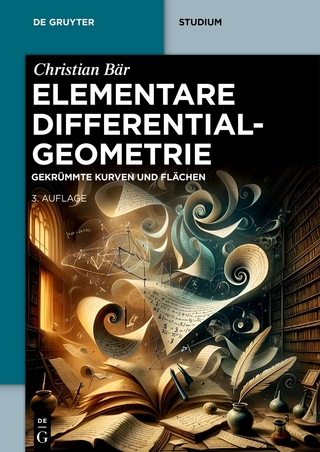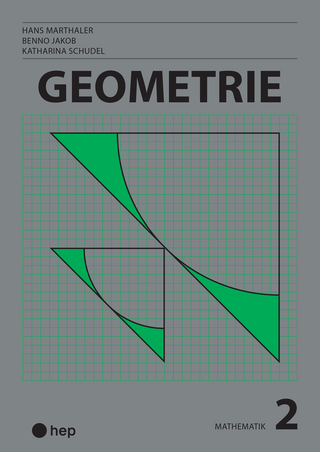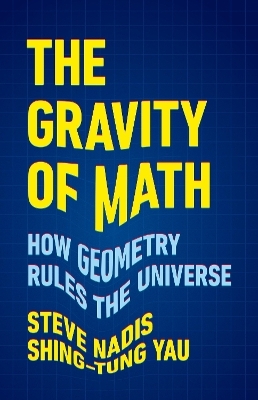Fractal Solutions for Understanding Complex Systems in Earth Sciences
Springer International Publishing (Verlag)
978-3-319-24673-4 (ISBN)
Introduction.- Scaling Laws in Geophysics: Application to Potential Fields of Methods Based on the Laws of Self-Similarity and Homeogeneity.- Curie Depth Estimation from Aeromagnetic for Fractal Distribution of Sources.- Fractal Faults: Implications in Seismic Interpretation and Geomodeling Detrended Fluctuation Analysis of Geophysical Well-Log Data.- Application of Fractal Geometry to Explain Fluid Flow through Subsurface Fractures.- Estimation and Application of Fractal Differential Adjacency Segregation (F-DAS) Scores in Analysis of Scanning Electron Micro Graph (SEM) Imageries towards Understanding the Adsorption unto Porous Solids.- The Multi-Fractal Scaling Behaviour of Seismograms based on the Detrended Fluctuation Analysis.- Fractal Methods in the Investigation of the Time Dynamics of Fires: A Review.
| Erscheinungsdatum | 08.10.2016 |
|---|---|
| Reihe/Serie | Springer Earth System Sciences |
| Zusatzinfo | XIII, 152 p. 74 illus. |
| Verlagsort | Cham |
| Sprache | englisch |
| Maße | 155 x 235 mm |
| Themenwelt | Mathematik / Informatik ► Mathematik ► Geometrie / Topologie |
| Naturwissenschaften ► Geowissenschaften ► Geologie | |
| Naturwissenschaften ► Geowissenschaften ► Geophysik | |
| Naturwissenschaften ► Physik / Astronomie | |
| Schlagworte | Algebraic Geometry • Curie Depth • Detrended Fluctuation Analysis • Earth and Environmental Science • Forest Fire • fractal methods • Fractals and Multi Fractal • Geophysics/Geodesy • Mathematical methods in physics • Seismology |
| ISBN-10 | 3-319-24673-9 / 3319246739 |
| ISBN-13 | 978-3-319-24673-4 / 9783319246734 |
| Zustand | Neuware |
| Informationen gemäß Produktsicherheitsverordnung (GPSR) | |
| Haben Sie eine Frage zum Produkt? |
aus dem Bereich




